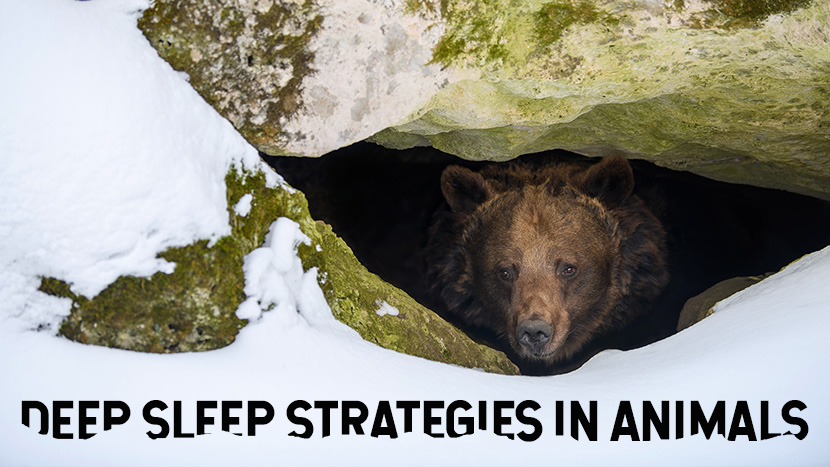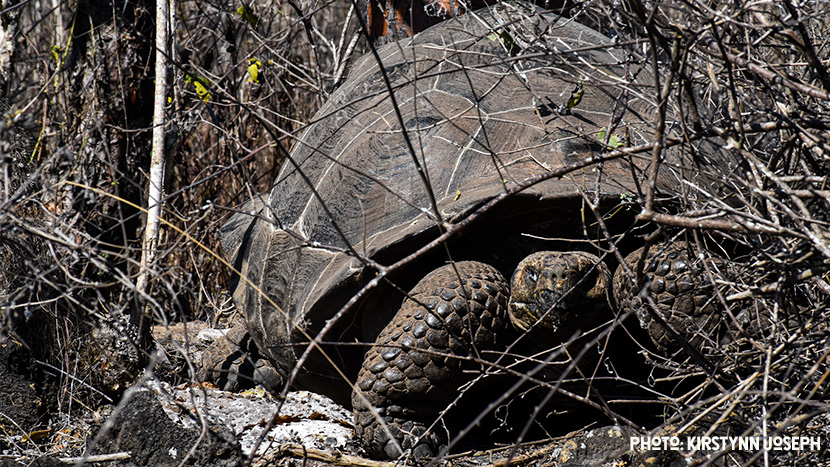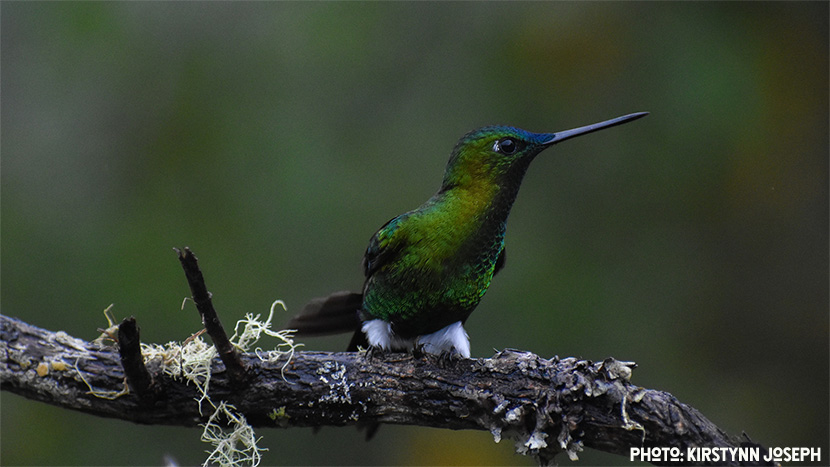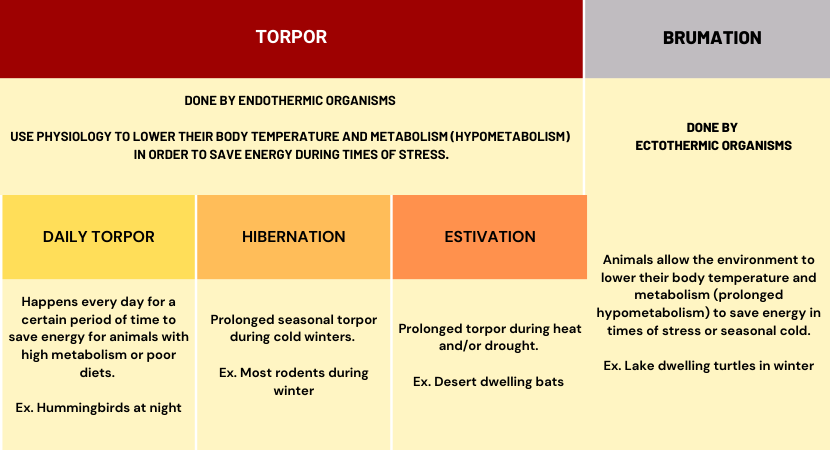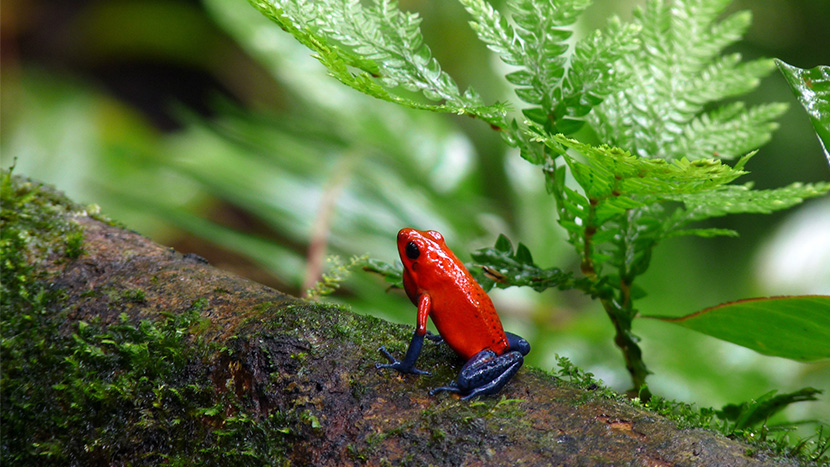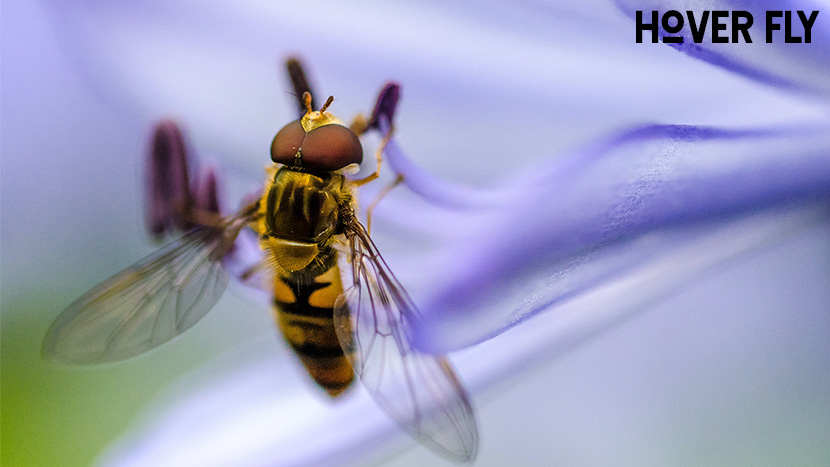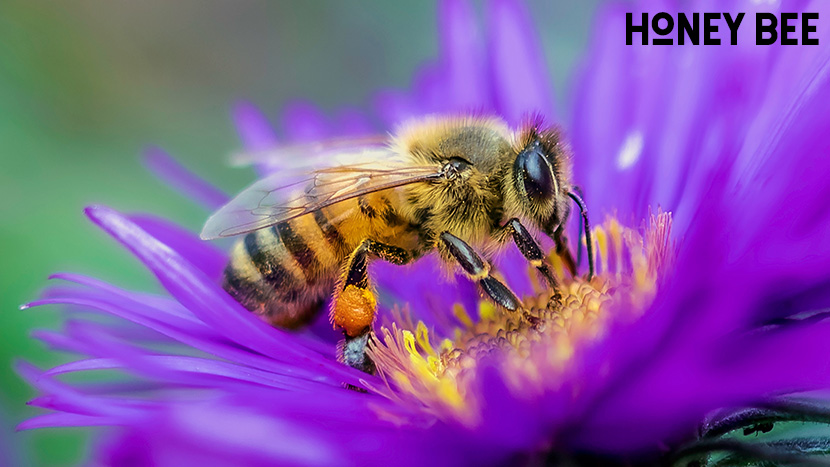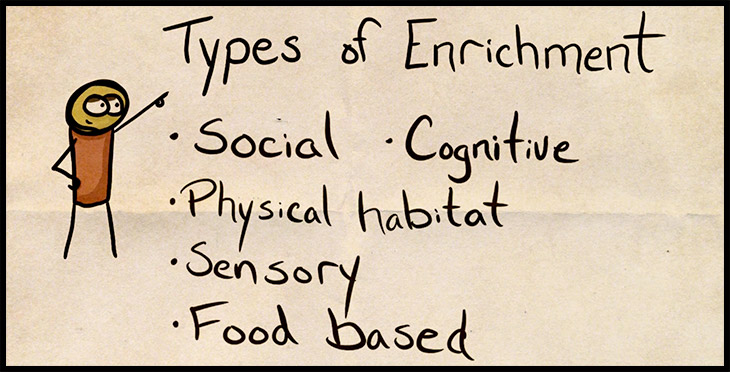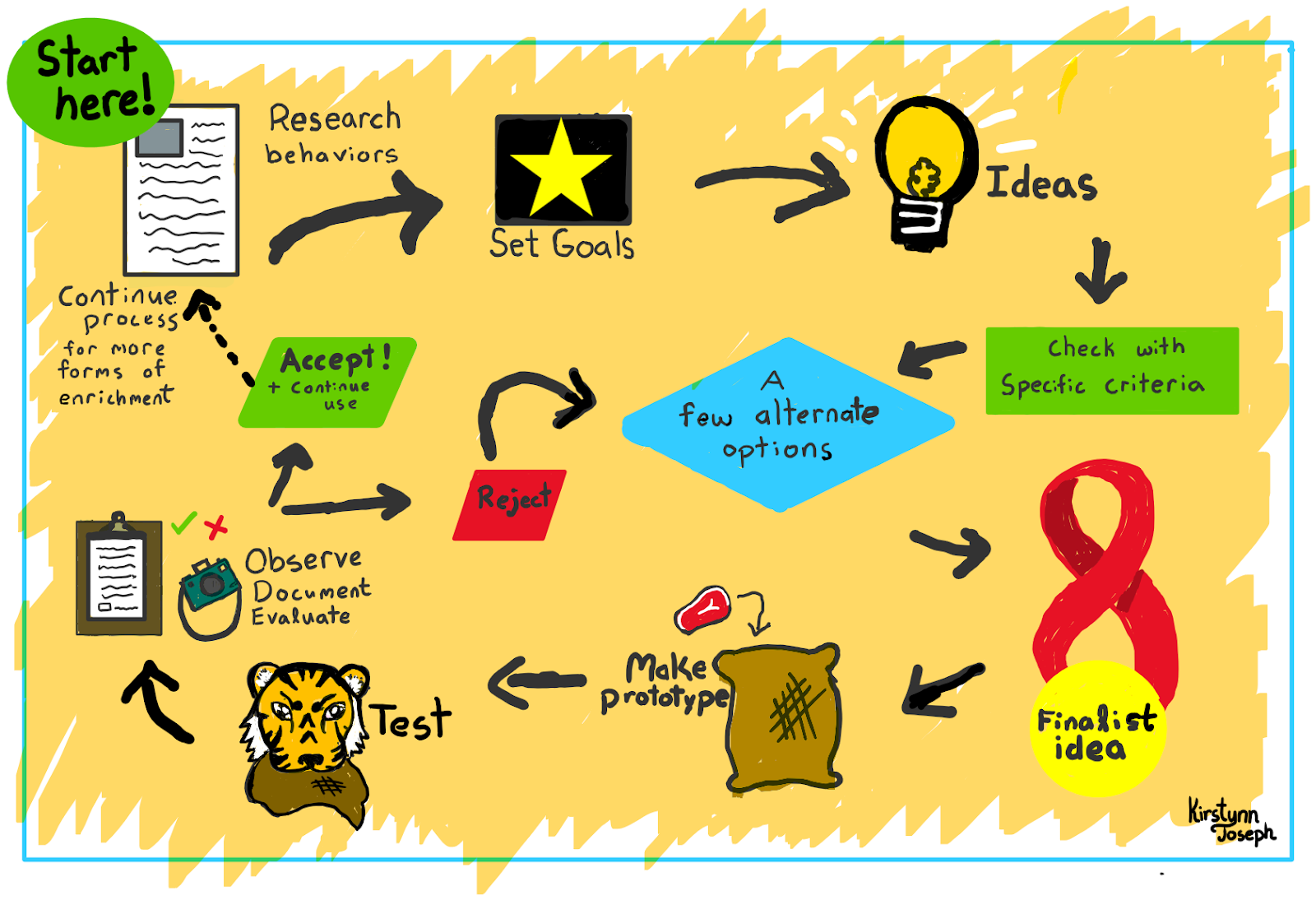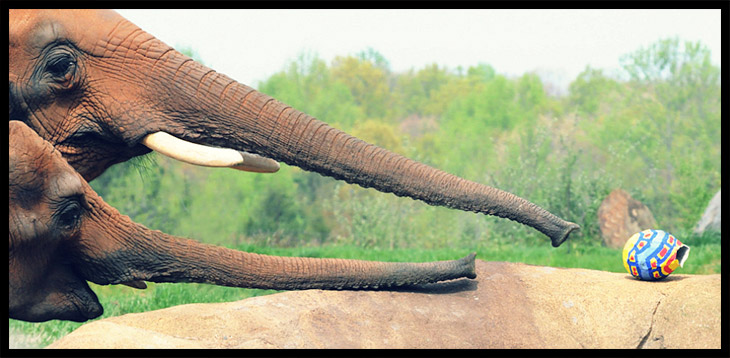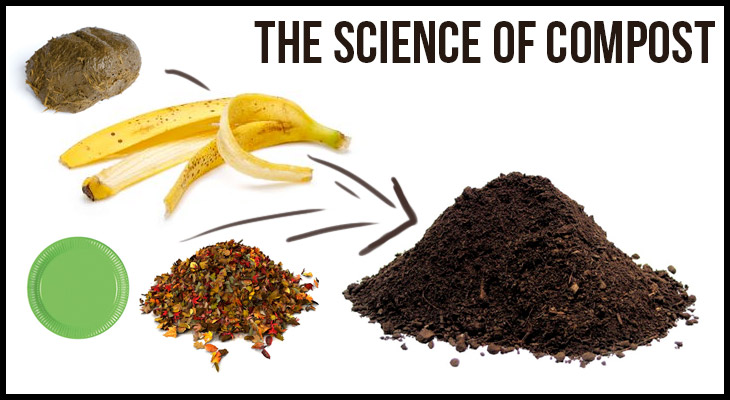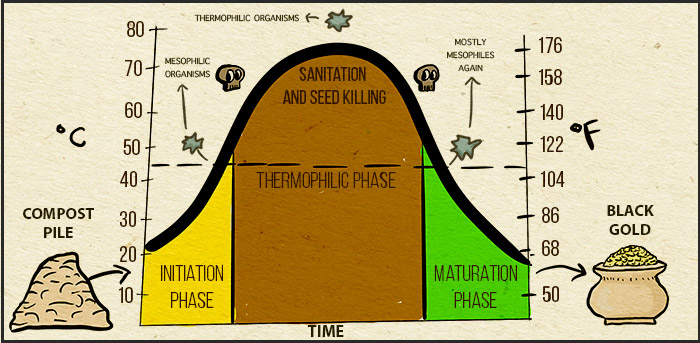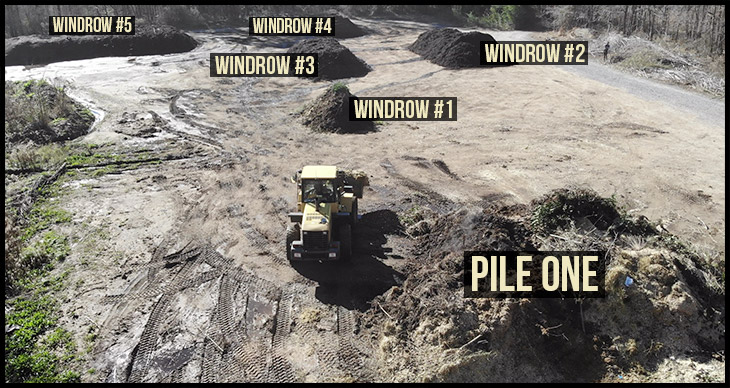In some northern forest, fall is coming to an end. The leaves have fallen, the nights become longer, and a cold winter wind makes its way between the trees. Across the landscape, various animals get ready for the winter using various strategies. Some birds opt to take flight and find warmer places to pass the season, others put on layers of warm winter fur and extra fat, and some retreating into burrows in the ground to pass winter in a deep energy-saving sleep known as hibernation or prolonged torpor. But what if we told you that hibernation isn’t the only time that animals slow down their metabolism to deal with tough conditions?
What is the difference between torpor, hibernation, estivation and brumation?
Many of us are familiar with the idea of hibernation, where animals tuck themselves away for the winter and do not emerge until spring, but it is not the only type of “deep sleep” strategy that exists in animals to avoid difficult conditions. In fact, different animals have a range of adaptations that help them to deal with abiotic stress (changes in temperature or precipitation for example) in their environment. One of these strategies is going into a “deep sleep” by slowing down their metabolism and lowering body temperature to conserve energy during certain seasons, or even just different times of the day.
So what are the different strategies for reducing metabolism in order to survive different stresses? The main four and their most basic definition are as follows:
- Torpor – Physiologically reducing metabolism and body temperature for a period of time. Daily torpor happens every day, usually overnight
- Hibernation – Prolonged torpor through winter
- Estivation – Prolonged torpor through hot and dry seasons
- Brumation – Hypometabolism in ectotherms brought on by the cold (technically not torpor!)
There is also a summary table at the end of this article, but let’s get into a bit more depth on each of these strategies.
Thermoregulation Strategies
Before breaking down these different deep sleep strategies, it is important to talk a bit about how animals control their body temperature in the first place.
You have probably heard the terms “warm blooded” and “cold blooded” before, and though these terms can be easier to remember, they are a bit inaccurate.. Why? Well, “cold blooded” animals rely on external temperatures to control their body temperature, BUT, often their body temperature is not cold at all.
So what should you say instead?
- Organisms like mammals that control their body temperature using physiology are called Endothermic (“endo” for inside).
- Organisms like reptiles that use the environment and their behavior to help them control their body temperature are called Ectothermic (“ecto” for outside).
In short, endotherms rely on energy and their metabolism to warm up and cool themselves down. On the other hand ectotherms have to use their behavior, like moving into the sun when they are too cold, or going in the shade or burrowing when they are too hot.
You can go here for a bit more information on different thermoregulation strategies.
In order to maintain their body temperature, endotherms use a lot of energy; when conditions are extreme, it ends up being way too much energy. For this reason, torpor is a great coping strategy.
What is Torpor?
Sometimes called “cold-lethargy.” torpor is a hypometabolic state (very low metabolism) associated with low body temperature. Torpor is used by endothermic animals to save energy, usually in order to survive harsh conditions – such as cold temperatures or lack of food. Daily torpor is distinct from hibernation and estivation, which are considered prolonged torpor.
What is Daily Torpor?
Hummingbirds are a great example of daily torpor in animals, going into this deep sleep state every single night. Why? Well hummingbirds have an extremely high metabolism and need to feed every few minutes, so at night they reduce their heart rate and body temperature in order to rest properly. Interestingly, this can also apply to animals that in general have poor diets, such as koala bears and sloths! Last, animals in deserts like cactus mice (Peromyscus eremicus) undergo daily torpor, but to avoid extreme heat during the day!
Now, animals that live in areas with extreme seasons also employ the torpor strategy, but they make it last much longer, for weeks to months at a time even! This in cold regions is known as hibernation.
What is Hibernation?
Hibernation is a prolonged state of torpor that animals undergo in the cold. Animals that are true hibernators have physiological mechanisms that help them to slow down their heart rate and lower their body temperature for extended periods of time in order to survive long cold winters. Many rodent’s body temperatures reach almost freezing at this time! An amazing example is the arctic ground squirrel, whose body temperature actually goes below freezing. However, the majority of these hibernating animals must still have a food store, waking up every few weeks or so to eat something, and return to hibernate again until they can wake up properly in spring.
Bears, which are a popular example of hibernation, are in fact a bit tricky. This is because bears do something a bit different. Bears, unlike rodents, do not slow their metabolism as much, or reduce their body temperature by more than 5-10 degrees. Watch the video below to learn more about how bears hibernate!
Animals that live in places that get extremely hot and/or dry for part of the year also have their own type of prolonged torpor, this is known as Estivation.
What is Estivation?
Estivation (sometimes spelled aestivation) is a prolonged state of torpor that animals undergo in the heat or during drought.
The mechanism is really similar to hibernation, where organisms use their physiology to slow their metabolism way down and enter a deep sleep, reducing the need for food and especially for water. This happens in places like deserts of course, but it has also been found in marine habitats, where marine animals go more dormant as water temperature is higher and food availability is low.
One difference here is that for many organisms, the main stressor is the lack of water, not the temperature itself. To help with this many animals have to cover themselves in some kind of mucus and bury themselves away to avoid desiccating. Some frogs and invertebrates like worms will carry out this mucus-y strategy in times out drought.
Torpor is a great strategy for endothermic organisms, but ectotherms that aren’t actually able to change their body temperature physiologically, they need to do something slightly different. Ectotherms version of hibernation is called brumation.
What is Brumation?
Brumation is also a form of prolonged hypometabolism, but brumation is not torpor.
Why? Because brumation is a type of hypometabolism undergone by ectothermic animals. These ectotherms simply allow their environment to cool their body down and slow down their metabolism for them. So, there aren’t really many physiological adaptations involved. Unless you get into extreme cases of frogs that freeze almost entirely solid, and have a type of antifreeze in their blood in order to avoid cell death.
Pros and Cons of Hypometabolism
In nature, every survival strategy has trade-offs – meaning pros and cons. There are many animals that undergo some type of deep sleep, so it is clearly pretty successful, but what are some of the pros and cons?
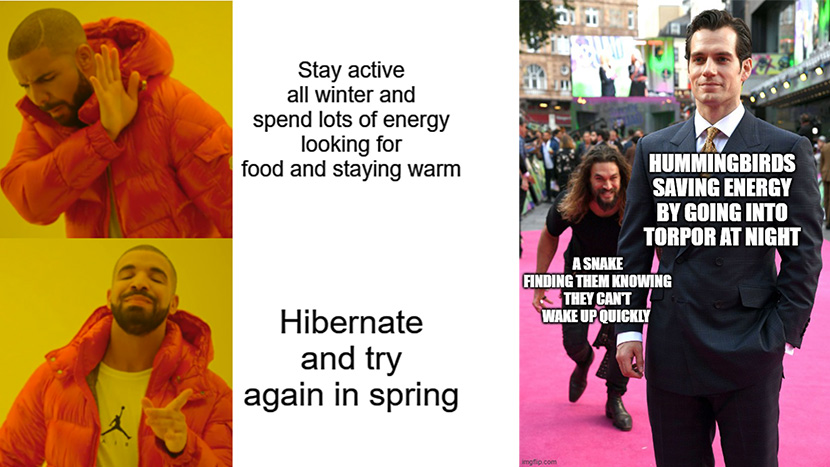 Pros
Pros
- Save energy and water in harsh climates
- Need much less food in times of low food availability
- Possibly avoid predation while predators have low food availability (but see below)
- Daily torpor – save energy overnight
Cons
- It is not possible to wake up quickly from torpor, making animals an easy meal for predators if they get found
- If the landscape changes while and animal is hibernating underground they might not be able to escape later
- Sometimes torpor goes wrong and animals can die
Overall, this strategy is more beneficial than not, or we wouldn’t see it in so many different animals. Torpor and brumation help animals that live in difficult conditions to save some of their energy waiting for better conditions.
In Summary
Here is a table to help you distinguish the 4 types of deep sleep covered on this page!
Humans are not able to hibernate so we need to use other strategies to stay warm during winter. Check our StoneAgeMan winter survival camps if you would like to learn some!

